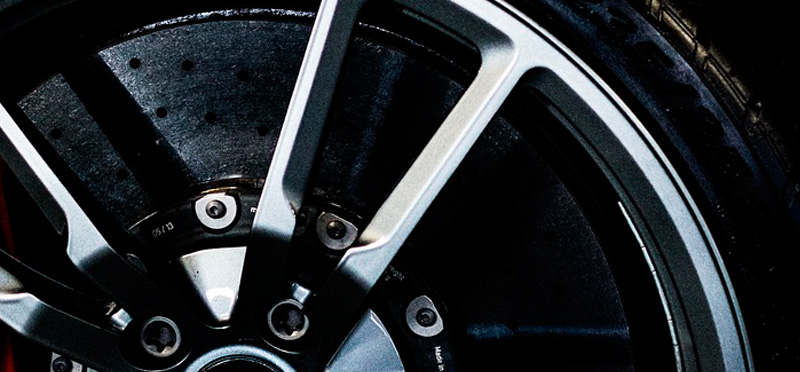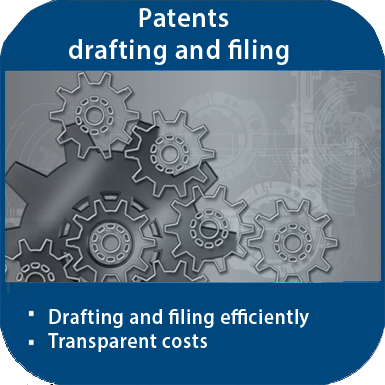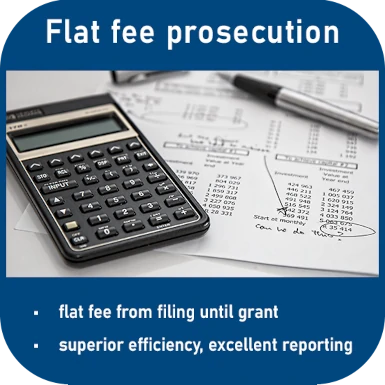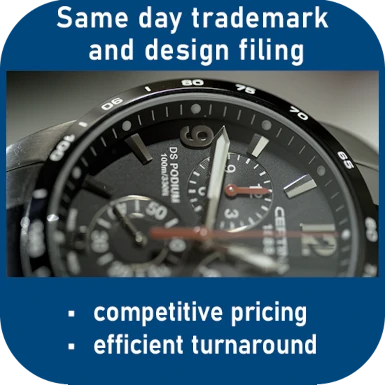BGH: Technical effect of spare parts and re-manufacturing

Technical effect of spare parts - does their installation constitute a re-manufacturing of a patent-protected product and lead to a displacement of the exhaustion effect?
The Federal Supreme Court (BGH) has issued a leading decision on the conditions under which parts of an invention with technical effects and their installation constitute a re-manufacturing. The case concerned a European patent for a disc brake (in German: Scheibenbremse), in particular in motor vehicles.
The defendant sells brake pad sets which are suitable as spare parts for disc brake models manufactured by the plaintiff. The installation accessories supplied include two wear plates. The plaintiff considered this to be a contributory patent infringement of its European patent 1 974 150 (patent in suit).
The Court of Appeal had upheld the action. According to the court, the distribution of the wear plates in question constituted contributory infringement of the patent in suit. They were an essential element of the patent-protected invention because they were expressly mentioned in the characterising part of the main claim and made a decisive contribution to the solution.
The defendant appealed against this decision, which the Federal Supreme Court (Bundesgerichtshof, BGH) decided on (BGH, decision of 8 November 2022 - X ZR 10/20). In the following, we summarise this leading decision:
BGH: leading decision Scheibenbremse II
"The technical effects of an invention are reflected in certain parts and their incorporation leads to a re-manufacturing which displaces the exhaustion effect only if these are designed in a special way adapted to the invention in order to be able to fulfil the function assigned to them" (citation and translation of BGH leading decision Scheibenbremse II).
According to the case law of the Federal Supreme Court, the demarcation between intended use and re-manufacturing is primarily determined by whether the measures taken preserve the identity of a specific copy of a patent-protected product already put on the market or whether they are equivalent to the creation of a new copy of the patent-protected product.
This delimitation must also strike an appropriate balance between the interests of the patent proprietor in the economic exploitation of the invention, which are worthy of protection, and the interests of the customer in the unhindered use of the product put on the market, which are worthy of protection as well (BGH, judgment of 24 October 2017 - X ZR 55/16).
If a market perception can be established according to which the disputed action is to be regarded as a re-manufacturing, this is in general decisive. However, an action that is not to be regarded as a re-manufacturing according to the public's perception can nevertheless be assessed as such under patent law. This was important in the case at hand, because the replacement of the challenged wear plates was not regarded as a re-manufacturing according to the public perception. Under patent law, it can be considered a re-manufacturing if the technical effects of the invention are reflected precisely in the replaced parts.
The realisation of advantages also belongs to the technical effects of the invention and is significant for the delimitation, the BGH added. And the Court of Appeal had rightly decided that the challenged wear plates related to an essential element of the invention. However, even if the attacked wear parts belonged to the parts in which these effects of the invention were reflected, their replacement did not lead to a re-manufacturing, the BGH decided.
Technical effect of the challenged wear parts
The technical effect of the attacked wear parts consisted solely in the fact that they counteracted wear of the firmly welded-on brake carrier. This effect was not sufficient to establish a re-manufacturing. The replacement of a component designed as a wearing part and limited to this function did not add any technical function to the product concerned.
If the decisive effect of the parts to be assessed consists solely in the fact that they wear out, their installation does not constitute a re-manufacturing, the BGH ruled. Rather, the maintenance of the intended service life is made possible, but this is one of those acts which a lawful buyer and his successors are in principle entitled to do. This also applies if the extension of the life of the product as a whole was one of the objective advantages of the protected invention.
In the case in dispute, a re-manufacturing must therefore be denied, the Federal Supreme Court ruled.
Even the fact that the shape of the wear plates must be adapted to the brake carrier so that they can be incorporated into the overall device does not prevent this. According to the BGH, this shaping only serves the purpose of ensuring the intended effect as a wear plate.
The defendant's appeal is successful and leads to the dismissal of the action. The judgment of the Düsseldorf Higher Regional Court of 23 January 2020 was set aside and the judgment of the Düsseldorf Regional Court of 7 February 2019 was amended.
Once again, this case shows how important the precise drafting of a patent is. This is one of the main focuses of our law firm. Request a quote, it is free of charge and non-binding for you: by phone at +49 (0)69 69 59 60-0 or info@kollner.eu.







